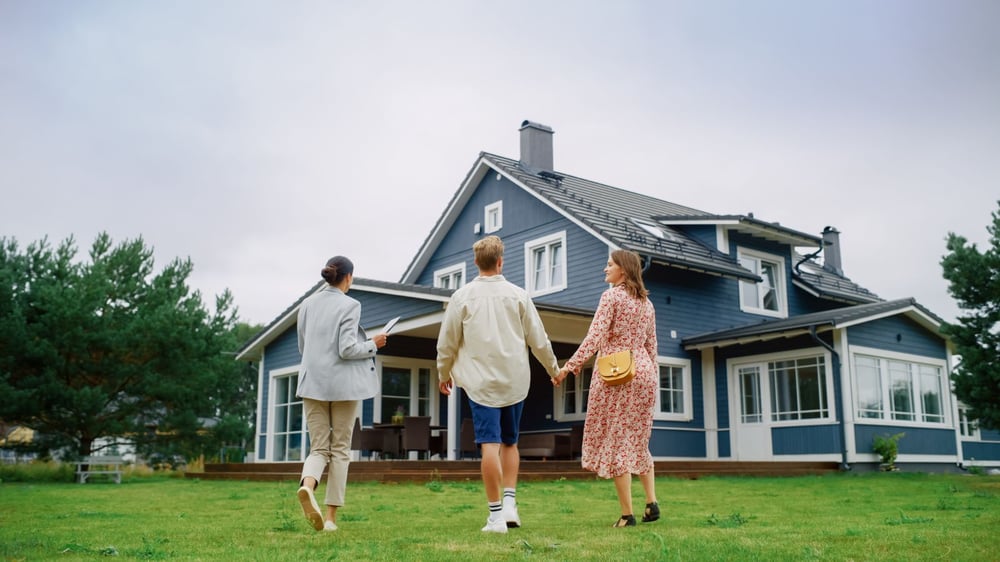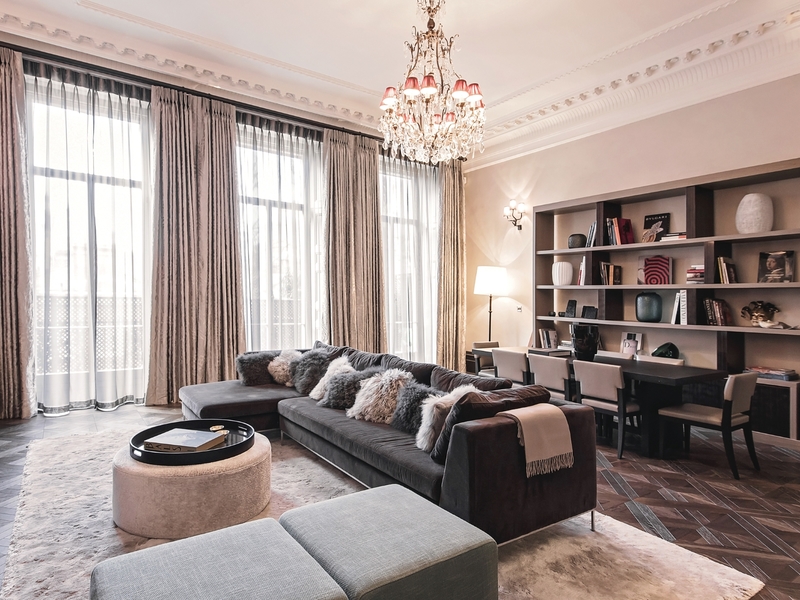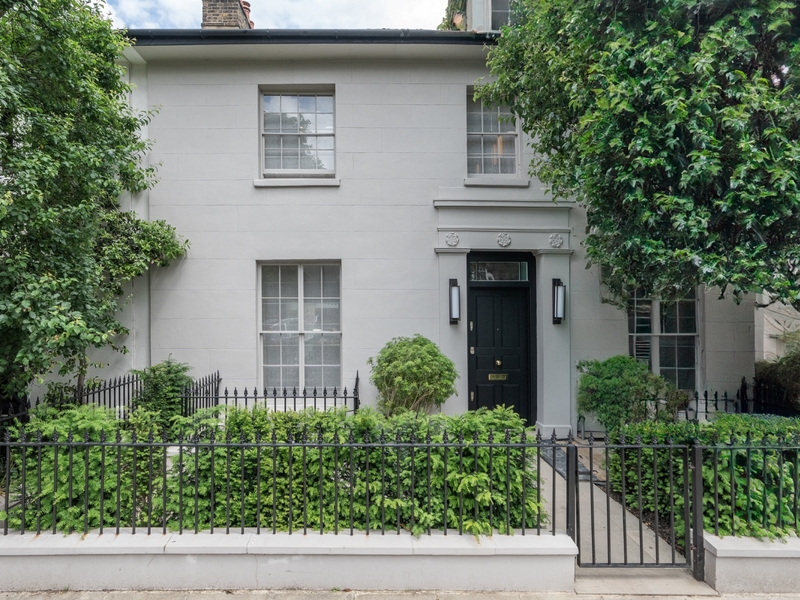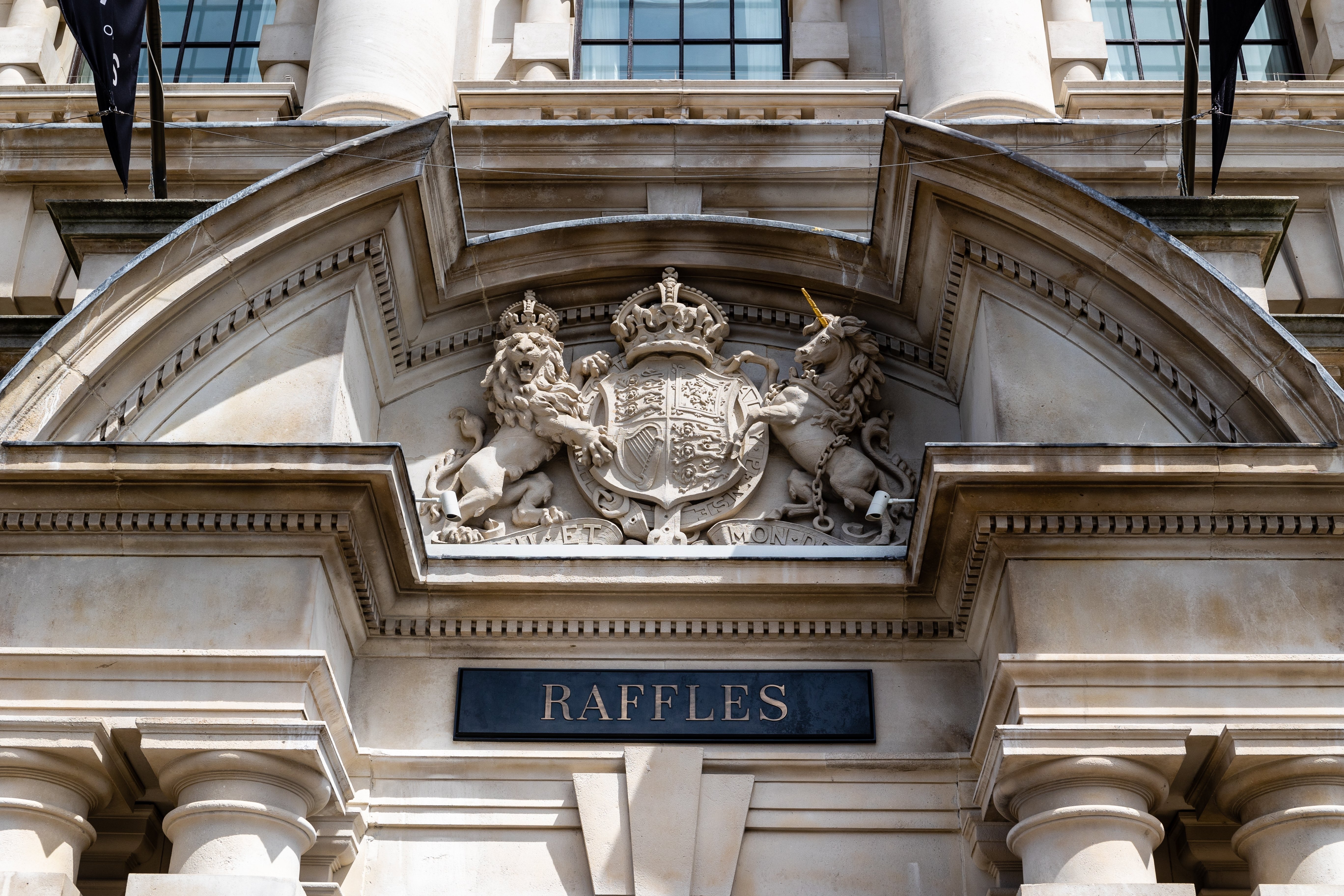Buying a Second Home as an Investment
For many people, the idea of owning a second home is the ultimate dream of securing a foothold in a more carefree lifestyle, while equally serving as an investment for the future. Whether a bolthole by the sea, a London flat for work and weekends, or simply a place to enjoy with family and friends, buying a second home represents a lucrative, diversified asset.
Motives to purchase a second home can vary and can also be part of a long-term retirement plan or to help diversify wealth outside of traditional investments. However, when deciding whether to expand your property ownership with another home, it is important to weigh the financial implications and your personal reasons for buying.
This guide sets out what to expect, the key pieces of legislation and pitfalls to avoid when purchasing a second property.

How Second Home Mortgages Differ
Mortgages for second homes are structured differently to those for a primary residence. Lenders typically look for a deposit of around 15-25% and will want to see that you can comfortably maintain two properties. For those intending to let, projected rental income can sometimes be factored into affordability assessments and lenders still prefer to see a strong financial foundation behind the purchase.
To buy a second (or an additional) property, lenders typically expect stronger financial qualifications than they would for a primary residence. That often means:
A Larger Deposit
Instead of the 5% that some buyers can put down on their first home, you’ll usually need at least 15% upfront for another property and contributing more can work in your favour.
A Stronger Credit Score
While a score in the good range (670–739) may have sufficed before, aiming for the very good range (740–799) can improve your approval odds and potentially your loan terms.
A Lower Debt-To-Income Ratio (DTI)
A DTI of 36% to 41% is generally considered manageable, but keeping it at 36% or below provides a stronger position with lenders.
Readily Available Cash
Lenders typically require proof that you can cover at least two months of expenses. However, if your credit or DTI isn’t ideal, you may need to demonstrate closer to six months’ worth of liquid reserves that is enough to pay the costs on all financed properties for half a year.
Can I Use My Current Home to Fund a Second Property?
If you already own your primary residence outright or have built up substantial equity in it, one option is to remortgage your main home rather than take out a separate mortgage for the second property.
The amount of equity available is calculated by taking the current market value of your home and subtracting any outstanding mortgage balance. If the equity is sufficient, you may be able to increase the mortgage on your main residence to release funds which can then be used towards the purchase of your second home.
How Will This Affect Stamp Duty?
In England, Wales and Northern Ireland, an additional 3% stamp duty applies to second homes, while Scotland applies its own Additional Dwelling Supplement. On higher-value properties, this surcharge becomes more significant and it’s something to factor into the overall budget and planning.
How Will This Affect Capital Gains Tax?
A secondary residence is generally liable for Capital Gains Tax (CGT) when it is sold at a profit. Unlike a primary residence, which typically benefits from Private Residence Relief, second homes and investment properties do not enjoy this exemption, which means that any increase in value between the purchase price and the eventual sale price is treated as a taxable gain.
Each individual benefits from a £3,000 annual allowance, with gains beyond that taxed at 18% for basic-rate taxpayers and 24% for those in the higher bracket, so it’s important to understand how this might affect your personal plans for the property.
Additional Costs to Consider
Certain local authorities apply a premium to council tax for second homes, while insurance, particularly for holiday lets, tends to be more comprehensive and therefore priced accordingly.
Alongside these are the natural running costs of ownership, such as utilities, maintenance and the general upkeep that is expected of a high-value asset. Seasonal properties also often come with extra upkeep demands, such as preparing the home for periods of vacancy, particularly if it has a pool or is located in a region that is prone to storms or flooding.
Legal and Regulatory Considerations
Buying a second home involves the same conveyancing process as your first, but there are some extra things to consider. Holiday lets must meet specific rules to qualify for tax relief, as the property must be available to let for 210 days a year and actually let for at least 105 days.
For long-term rentals, landlord rules apply and include gas and electrical safety checks, deposit protection, EPC ratings and fire safety standards. If you plan to use it for short-term lets, London has a cap of 90 days per year for short-term and Airbnb-style rentals unless you apply for planning permission to host more frequently.
If the second home is intended to stay in the family, it’s also worth considering how it sits within your estate planning as inheritance tax, trusts and ownership structure all become relevant for higher-value properties.
Pitfalls to Avoid
Underestimating the True Cost
Stamp duty, insurance, council tax premiums and ongoing maintenance can add significantly to your outlay. It’s easy to focus on the purchase price alone, but the real expense goes much further.
Overlooking Liquidity
A second home locks up a large amount of capital. If you need cash in a hurry, property isn’t a quick asset to sell and accessing funds may prove difficult.
Assuming the Property Will Pay for Itself
While rental income can help offset expenses, void periods, repairs and management fees can often reduce returns.
Skipping Early Tax Planning
Structuring ownership incorrectly may lead to unnecessary expenses when selling or passing the property on, making early professional advice invaluable.
Buying a second home can be rewarding, but it isn’t something to rush into as higher stamp duty costs, stricter lending and ongoing costs means the sums can be substantial. For those who plan carefully though, a second property can provide a valuable long-term investment. The key is to be realistic about what you want the property to do for you, take professional advice and approach the purchase with consideration.
Discover: Luxury Properties for Sale in UK
Hereford House, Mayfair
- 5
- 4
- 2,703 SQ.FT.
Walton Street, Knightsbridge
- 4
- 4
- 2,949 SQ.FT.
Hans Crescent, Knightsbridge
- 2
- 2
- 939 SQ.FT.
Eaton Square, Belgravia
- 3
- 3
- 2,424 SQ.FT.
Lancelot Place, Knightsbridge
- 5
- 5
- 3,684 SQ.FT.
Knightsbridge Gate, Knightsbridge
- 4
- 4
- 3,747 SQ.FT.
Mount Street, Mayfair
- 4
- 4
- 4,497 SQ.FT.
Cadogan Square, Knightsbridge
- 3
- 3
- 1,891 SQ.FT.
Upper Grosvenor Street, Mayfair
- 3
- 3
- 1,743 SQ.FT.
Addison Avenue, Holland Park
- 5
- 4
- 3,401 SQ.FT.













